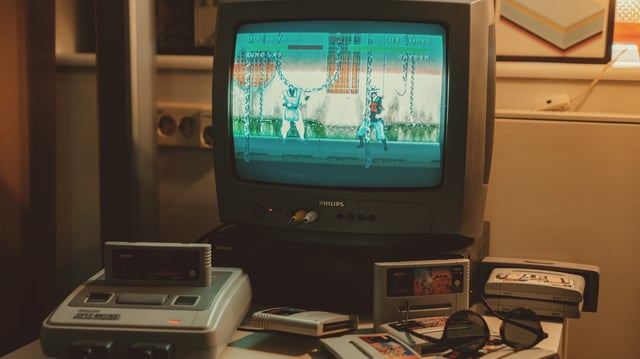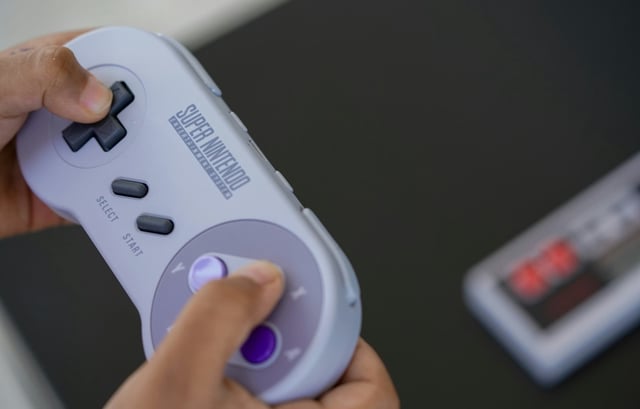Overview
- The SNES's SPC700 audio processing unit, governed by a ceramic resonator, has shown a gradual increase in clock frequency over decades, now reaching up to 32,182 Hz compared to the original 32,000 Hz specification.
- This phenomenon, first noticed by emulator developers in the early 2000s, has been corroborated through recent data collection from over 100 SNES units by speedrunning researcher Alan Cecil.
- The faster APU clock speed may cause minor in-game audio pitch changes and slightly faster loading times, though the impact on human speedrunning records is negligible.
- Tool-assisted speedruns using TASBot face challenges due to the timing inconsistencies introduced by these variations, complicating efforts to maintain frame-accurate synchronization.
- Researchers attribute the changes to the natural degradation of the ceramic resonator over time, with ongoing studies aiming to better understand the long-term implications for emulation and retro gaming preservation.



